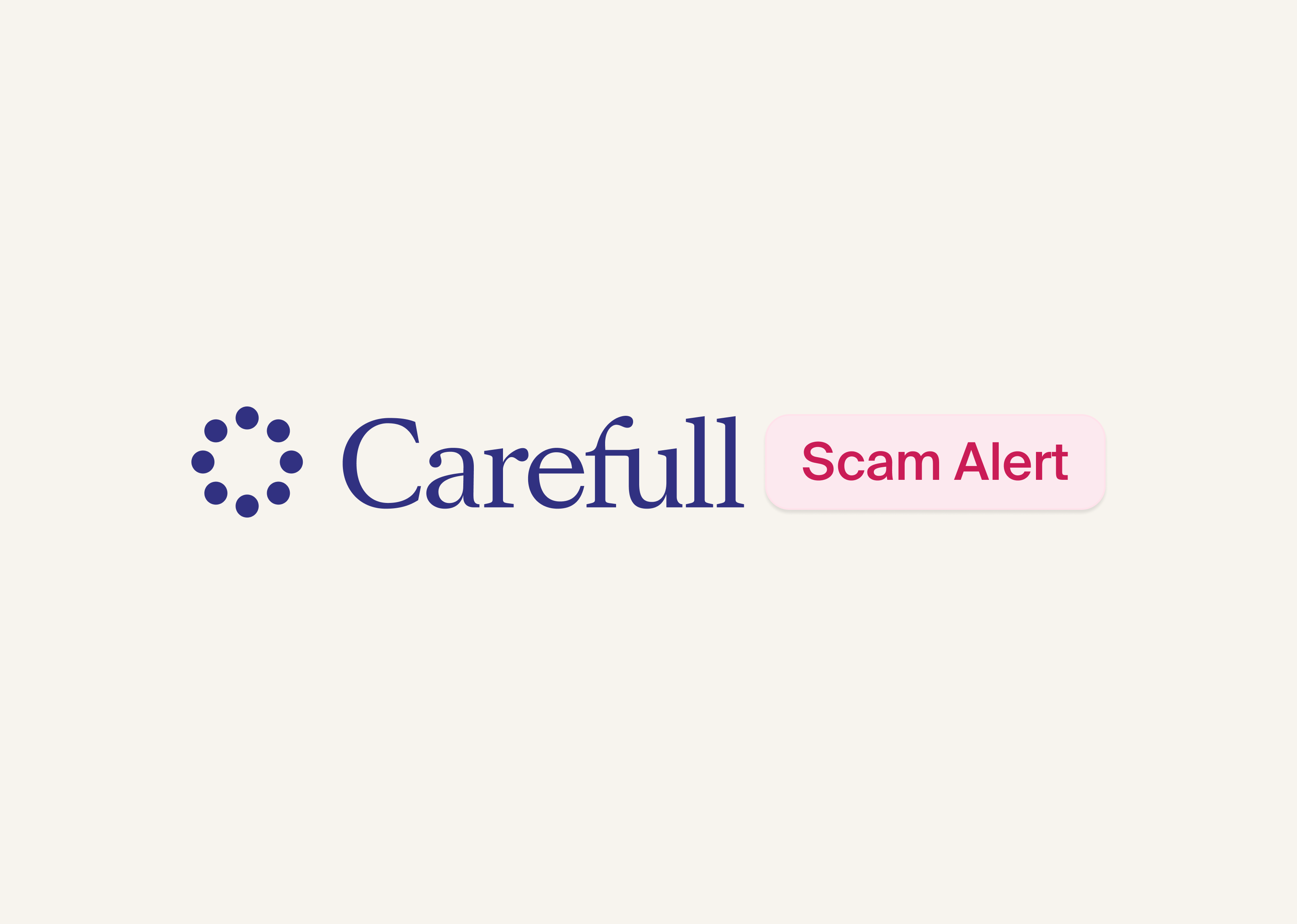Watch Out for Social Security Scams

Cuts to the Social Security Administration have created the type of chaos on which scammers thrive. Bad actors often use current events to create urgency and exploit people’s fears. Right now, what many Americans are terrified about is Social Security. Concern about the Social Security system is at a 15-year high, according to a new Gallup poll.
Scammers will play on fears about potential disruptions in benefit payments to try to steal people’s personal information or money. Be on the lookout for these tactics they might use.
Links to fake Social Security websites
The Social Security Administration has announced that people will no longer be able to apply for benefits by phone starting April 14 and will have to apply online or in-person. This opens the door for fraudsters to try to point people to fake Social Security websites to apply for benefits.
Scammers might send emails and text messages with links to create an online account with the Social Security Administration. Do not click on any links, even if the messages appear to come from Social Security. Instead, go directly to the official SSA.gov/myaccount to create a “my Social Security” account.
Requests to confirm your Social Security number
Scammers will use a variety of stories to get you to share your Social Security number and other personally identifying information with them. They might claim that you have to prove your identity to continue receiving Social Security benefits. They might say that you need to prove that you’re still alive and not a deceased person who is fraudulently collecting benefits. They might ask for a copy of your passport or birth certificate to prove you are a U.S. citizen.
Do not respond to any call, email or text message requesting your Social Security number or other personal information. If you have concerns about your Social Security benefits, log onto your my Social Security account to see if there are any messages for you or make an appointment with your local office. Be aware, though, that you do not need to contact Social Security to verify your identity to continue your monthly benefits, according to the official Social Security website.
Requests to repay overpayments
Scammers might take advantage of a change in the Social Security Administration’s overpayment policy to steal money. Occasionally, the Social Security Administration pays beneficiaries more than they are supposed to receive. In the past, it would withhold 10% of a recipient’s benefits from each payment until the overpayment was repaid. It announced that, starting March 27, it will withhold 100% of payments until an overpayment is repaid and is mailing notices about the change.
Scammers might call, email or text to claim that you’ve received an overpayment and have to pay it back by wire transfer, gift card, cryptocurrency or other unusual form of payment. However, the Social Security Administration will not request that sort of payment. If you have received an overpayment, the amount will automatically be deducted from future benefit payments.
The Carefull financial safety service, which provides account, credit and identity monitoring, offers a Scam Check tool that members can use to help them detect whether a call, email or text message is a scam. Try Carefull for free for 30 days to start protecting your finances from fraud and scams.
You can report Social Security scams to Office of the Inspector General at oig.ssa.gov/report. If you provided your Social Security number to a scammer, visit IdentityTheft.gov for a personalized recovery plan.
[ Keep Reading: How to Avoid Imposter Scams ]

3 Steps to Safer Money,
Try it Free for 30 Days
Step 1
Start your free,
no-risk trial
Step 2
Connect the accounts and cards you want protected
Step 3
Stay alerted to any
unusual activity




